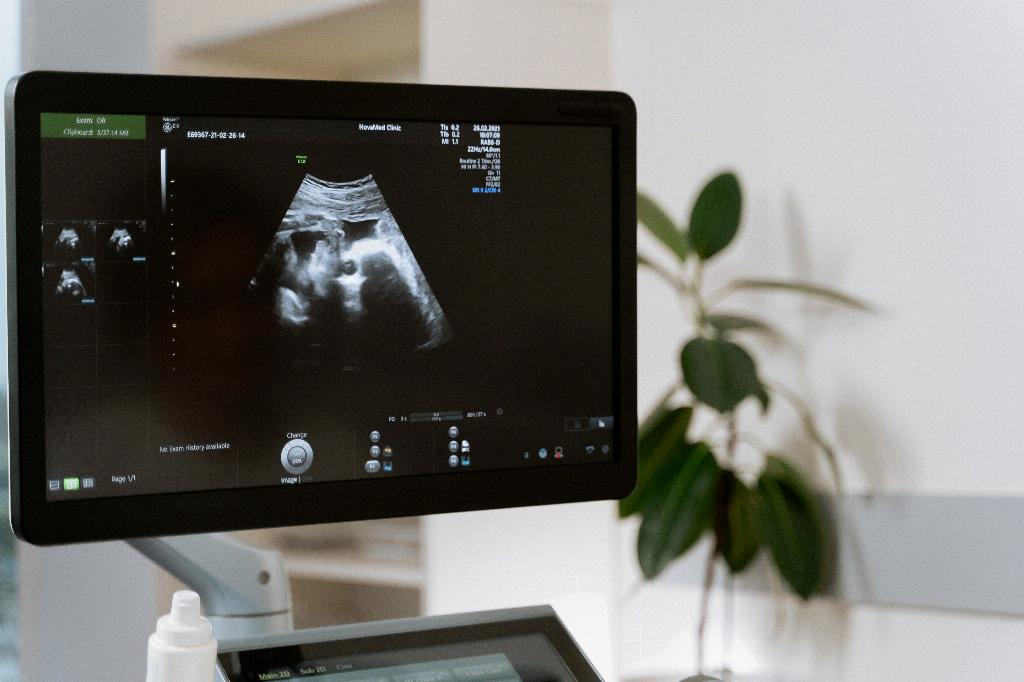When it comes to performing a Caesarean section on a cow, the left flank approach is considered the standard procedure. This technique, which entails making an incision on the left side of the animal, has been preferred by veterinarians for various reasons. In this article, we will delve into the specifics of why a cow C-section is typically performed on the left side.
Ruminants and Their Anatomy
Cows and other large ruminants have a unique anatomy that plays a significant role in the choice of surgical approach during a C-section. The rumen, which is the largest compartment of the cow’s stomach, occupies a considerable amount of space on the left side of the abdomen. This vital organ aids in the digestion of food and plays a crucial role in maintaining the cow’s overall health.
Protection of Vital Organs
One of the primary reasons why a left flank approach is favored in cow C-sections is the protection it offers to the vital organs within the abdomen. By accessing the uterus from the left side, veterinarians can avoid direct contact with the rumen and other organs, reducing the risk of contamination or injury during the procedure.
Ease of Access
Another key factor that contributes to the preference for a left flank approach is the ease of access it provides to the reproductive tract. By approaching the uterus from the left side, veterinarians can more easily locate and extract the calf, facilitating a smoother and more efficient operation.
Minimization of Risks
Performing a C-section on the left side of the cow helps minimize the risks associated with the procedure. By avoiding the right side of the abdomen, where vital organs such as the liver are located, veterinarians can reduce the likelihood of accidental injuries and complications during surgery.
Historical Preference
The preference for a left flank approach in cow C-sections can also be attributed to historical practices and success rates. Over time, veterinarians have found that this technique yields consistent results and ensures the safety of both the cow and the calf during the surgical procedure.
Optimal Surgical Field
Accessing the uterus from the left flank provides veterinarians with an optimal surgical field for performing a C-section. By positioning the cow appropriately and making the incision on the left side, surgeons can navigate the reproductive tract more effectively and carry out the necessary steps with precision.
Rapid Recovery
Another advantage of the left flank approach is the potential for a more rapid recovery for the cow post-surgery. By minimizing trauma to the abdomen and reducing the risk of complications, veterinarians can help ensure a smoother recuperation process for the animal following the C-section.
Best Practices in Veterinary Medicine
The choice of a left flank approach in cow C-sections aligns with best practices in veterinary medicine and surgical techniques. Veterinarians undergo specialized training to perform these procedures safely and effectively, and the left side approach is considered standard practice for ensuring successful outcomes.
Patient Safety and Care
Above all, the decision to perform a C-section on the left side of a cow is driven by a commitment to patient safety and care. By following established protocols and utilizing proven techniques, veterinarians can prioritize the well-being of the cow and her calf throughout the surgical process.
Continued Advancements in Veterinary Surgery
As veterinary medicine continues to evolve, advancements in surgical techniques and practices will further enhance the safety and efficacy of procedures such as cow C-sections. By staying informed and adapting to new developments, veterinarians can continue to provide the highest level of care for their animal patients.

